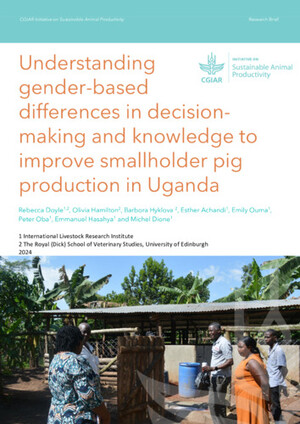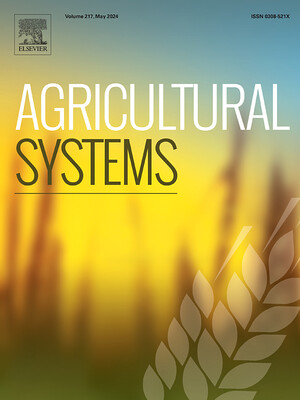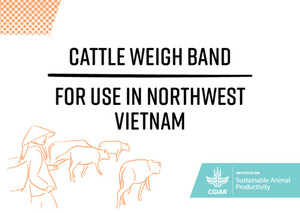
Biosecurity practices in small-scale pig farms in Hung Yen and Nghe An, Vietnam
Abstract
With pork representing more than 70% of meat consumption in Vietnam pig production
is growing fast and plays an important role in the livestock production. Especially
smallholder farms contribute substantial to the pork supply (approximately 80 %) because
of consumer preferences, subsistence and commercial purposes. Despite of this
considerable market share the overwhelming majority of smallholder pig farms lack
of technologies, biosecurity and control measures in terms of diseases, hygiene and
environment conditions. As being part of a wider research on improving smallholder
pig value chains in Vietnam a longitudinal survey was conducted with the objectives
to assess biosecurity practices and related farm management which will be used to
identify suitable options for improved disease control. The survey was carried between
March and December 2014 in the Hung Yen and Nghe An provinces of Vietnam.
Thirty farms were selected randomly in each provinces as a sub-sample from a
larger sampling frame (N=416) and visited in fortnightly intervals. On farm data by
using a checklist and observations included information on farm management, biosecurity
measures, working and feed storage conditions as well as diseases events. In
general diseases control measures were found insufficient. The majority of farmers
allowed visitors to access the farm without any restrictions (69.7%) throughout the
entire observation period. Disinfection mattresses were installed only in 42.7% of
visits, and even applied, often not maintained. The use of protective clothes and boots
by workers was the exception (81.2%). Pre-weaning piglets were usually not provided
with litter (88.9%) and/or heat sources (74.1%), the latter being a particular
constraint during the cold season. From an animal welfare perspective it was notable
that only approximately half of farms provided permanent water access to their
pigs (48%). Poor management was also reported for feed handling and storage with
clear signs of rodents or pests in feed (47.9%) and visible signs of moisture (49.4%).
Observed gaps in farm management will be addressed in the upcoming intervention
phase by developing and testing of packages guided by feasibility, cost benefit and
farmers compliance.
Citation
Vu Thi Thu Tra, Pham Hong Ngan, Duong Van Nhiem, Ngo Minh Ha and Unger, F. 2015. Biosecurity practices in small-scale pig farms in Hung Yen and Nghe An, Vietnam. Presented at Tropentag 2015, Berlin, Germany, 16-18 September 2015. Hanoi, Vietnam: Vietnam National University of Agriculture.










